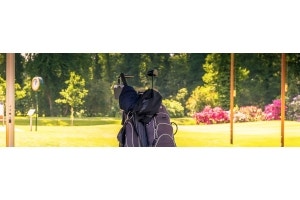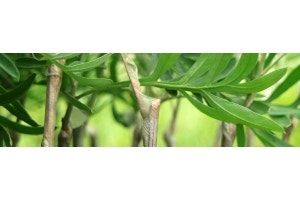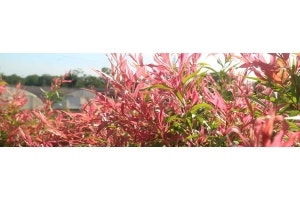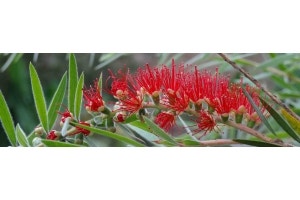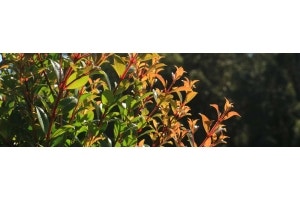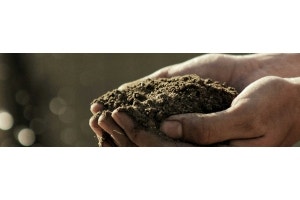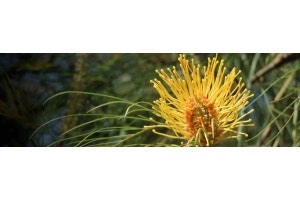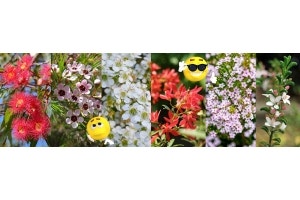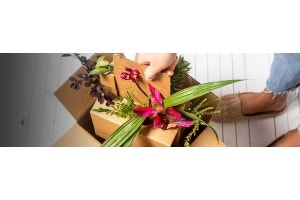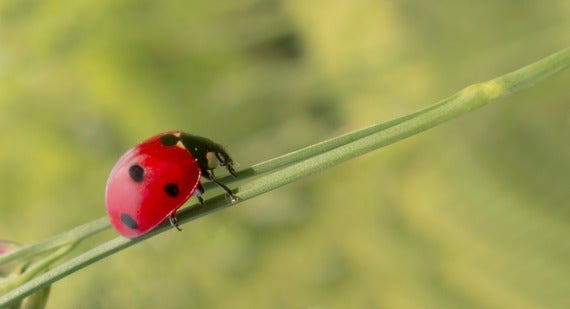
Doing less work in the garden? Sounds like a plan! Best of all, less work means more nature – and when we encourage nature into our gardens, even a little bit, nature rewards us by helping us in the garden. We’ll show you how.
1. Don’t deadhead
Pick off dead flowers when the plant is still blooming. This encourages more to come. But when plants are coming to the end of their flowering period, leave the last seedheads on. They’ll provide food for birds through the cold months of autumn and winter, when supplies of snails and bugs run low. Native grasses are also ideal for feeding wildlife, if they are allowed to flower.
2. Don’t tidy up
It’s tempting to clear up dense climbers, or the undergrowth of shrubs, to make it look more tidy. Areas like this, however small, provide shelter from the weather and predators like cats for many small birds and mammals. Hedges are especially valuable refuges. The leaf litter and fallen branches also trap rainwater, help stop soil erosion and will rot down to create new soil.
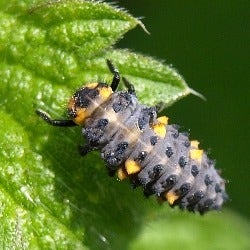
3. Don't spray
Caterpillars will munch the leaves of your prize veggies - but they'll provide food for beautiful birds who'll wake you with a dawn song. And caterpillars that escape being eaten will turn into beautiful butterflies (who'll likely get eaten by birds too. Nature can be cruel.) So ease off the pesticide use.
Plus, if you spray you run the risk of killing bugs like the ladybird, which will eat hundreds of aphids - that's greenfly and blackfly. If you have to control an outbreak that's threatening to take out an entire crop, there are safe alternatives like the Eco-Neem and Eco-Oil range of products that will kill bad munching pests, encourage good munching pasts, and be safe for bees, pets and children.4. Don’t clip native hedges as often
A neatly clipped, square-edged hedge is a beautiful sight. But if you can stand to have your hedge a little less than shipshape, you might find that it produces flowers, and after the flowers, berries. Native plants like lilly pilly, quandong, midgem berry are ideal for this, as well as exotic species like Indian hawthorn and Viburnum tinus.
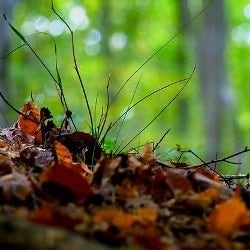
5. Don’t shred or burn leaves
Gardeners are taught to rake up deciduous leaves from the lawn and beds, and to shred them or burn them or put them in the garden waste bin. There’s a simpler way. Bag them up into a sturdy bin liner, give them a light watering, tie up the bag, poke a couple of holes in the base for drainage, and leave them to decay. In one year you’ll have organic mulch that worms will love, and in two you’ll have “black gold” – rich leafmould compost that will enrich your garden soil for no cost or effort.
6. Cut the lawn less
Reduce the amount of times you cut the lawn in a month. And when you cut, raise the blades a little higher (if you can) to keep the grass longer. Not only will this help out worms (which keep the soil healthy) and good bugs (which also feed birds) but the extra shade from the longer grass will keep its roots cooler and it will dry out less in the sun.
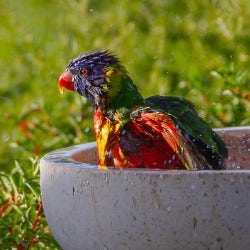
7. Leave a dish of water out
Birds appreciate a place to drink and have a quick wash, just like we humans. A shallow dish or deep plate is ideal, close to shrubs where birds can escape to perch in safety. If you can put the dish off the ground, on a pedestal or low wall, birds will feel safer. If you have space for a pond, even better. This will attract frogs, who in turn will gobble up mosquitoes and their larvae.
8. Choose plants for pollinators
Our bees are under threat around the world from pesticides and chemicals, as well as the devastating varroa mite. Give them a helping hand to survive by providing snack stops in your garden. Bees and butterflies prefer blue and purple coloured flowers as these are easier for them to see. They feed easier on flat open flowers where the stamens (the little thread-like tufts in the centre) are visible.
9. Choose plants for wildlife
Small native birds find it hard to compete with bigger birds and introduced species. Native birds prefer red and yellow flowers – grevillea, callistemon and banksia are ideal food sources – and plants with finer foliage – like baeckea, westringia, leptospermum - for hiding and sheltering.
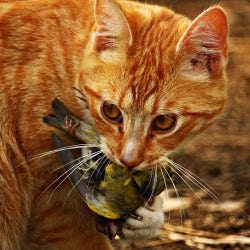
10. Keep pets indoors
Cats in particular are efficient hunters, and kill thousands of small native mammals and birds every year. If you must let your pets roam outside, tie a bell around their neck so the wildlife has an advance warning.
11. Plant a native tree
OK , this one does involve a little work, but with a tubestock tree the effort is minimal! Thousands of species of all kinds of natural life depend on a tree, from the smallest lichen to the largest koala. There’s a tree to suit even the smallest gardens. If you only have a balcony or deck, lots of local councils have regular planting days to help revegetate and improve wild areas in the community. They’d appreciate your help!




